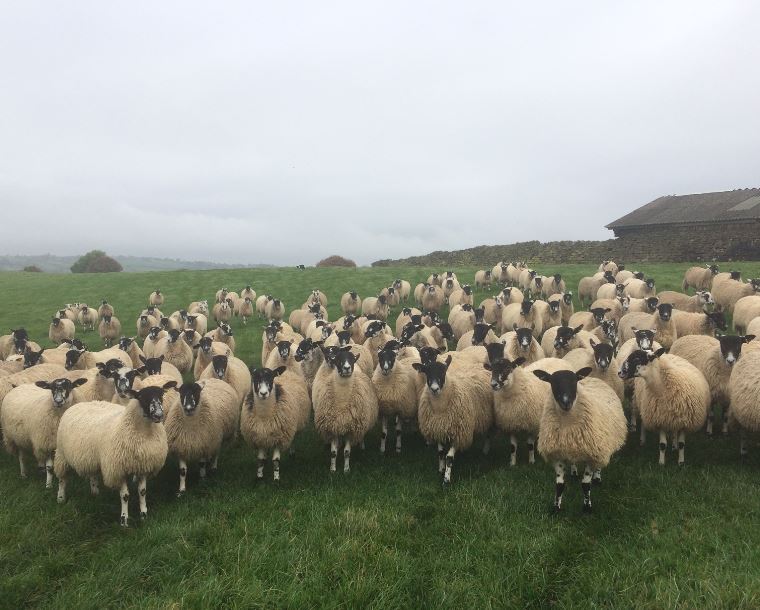- Home
- Knowledge library
- Growing replacement ewe lambs for mating this autumn
Growing replacement ewe lambs for mating this autumn
Many parts of the country are seeing improved growing conditions following a wet end to a warm summer. Others are still struggling for grass due to the prolonged dry weather. Both extremes have caused tight availability of current grazing, but it’s potentially conserved winter forage too.
The focus for many will be getting the flock into the correct body condition score (BCS) for mating. However, we must also remember to monitor the growth rates of those selected as replacements, especially if they are to be mated as ewe lambs this autumn.
Ensure ewe lambs achieve 60% mature liveweight at mating
If the mature ewe weight is 70 kg, we should aim for our ewe lambs to be a minimum of 42 kg at mating. To achieve this weight at seven months of age, replacements need to achieve a daily liveweight gain (DLWG) of 150‒200 g/day over the growing period. However, to know what the mature liveweight is on your farm, weigh a representative sample of your mature ewes. This will determine what your minimum ewe lamb weight should be. Research from New Zealand (Griffiths et al., 2016) suggests that ewe lambs that are heavier at mating and ewe lambs that gained weight during pregnancy were more likely to rear a lamb(s) successfully.
Regular weighing of replacement lambs will enable you to identify those that are on target and put steps in place if weight gain is not where it needs to be.
Lamb growth rates could be affected by:
- Feed availability and quality
- Worm control as sheep don’t acquire immunity to worms until they are over one year old. Given the dry weather, some farms have had very low worm burdens and have administered very few treatments. It is advised that egg counts continue throughout the autumn months
- Trace element deficiencies – check what your animals are deficient in by sampling their blood. Forage and soil analysis form part of the jigsaw but won’t necessarily reflect what is happening in the sheep. Remember, it might vary from year to year
Aim for a pre-grazing sward height of 10‒12 cm pre-tupping and a post-graze height of 4‒5 cm when rotational grazing. As we move into autumn, allow sward heights to increase to allow for the increasing proportion of poor-quality forage at the base of the sward. A slightly higher sward height is needed to maintain intakes and body condition.
To avoid a negative impact on future ewe production and longevity, ewe lambs need to continue to grow while they rear a lamb(s) to achieve 80% of their mature weight when mated as a shearling. They will require 20% more feed during mating, early pregnancy and again during lactation to achieve this. Avoid the temptation to overfeed during late pregnancy; this can lead to large lambs.
The AHDB funded Challenge Sheep project is currently entering its sixth and penultimate year. Covering both sheep bred as ewe lambs and as shearlings, the project is tracking 7,000 replacements from a range of English sheep farms with the aim of developing best practice protocol for managing replacement ewes.


